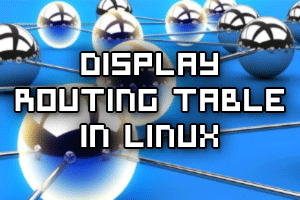
The routing table is used to show you where various different network subnets will be routed to. Here are three different commands that you can use to print out the routing table in Linux.
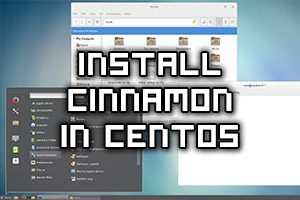
By default a full installation of CentOS 7 will have the GNOME graphical user interface (GUI) installed and it will load up after system boot, however if we have installed CentOS without a GUI installed we can always install one later, or optionally we can install a different GUI.
This quick guide will cover how to install the Cinnamon desktop on CentOS 7, which will provide a GUI for working with the Linux system. While I don’t suggest using a GUI on a production server, it’s a good option if you’re using CentOS as a desktop.
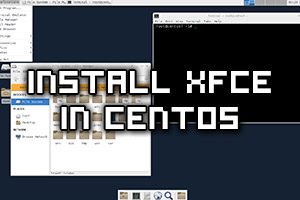
By default a full installation of CentOS 7 will have the GNOME graphical user interface (GUI) installed and it will load up after system boot, however if we have installed CentOS without a GUI installed we can always install one later, or optionally we can install a different GUI.
This quick guide will cover how to install the Xfce desktop on CentOS 7, which will provide a GUI for working with the Linux system. While I don’t suggest using a GUI on a production server, it’s a good option if you’re using CentOS as a desktop.

By default a full installation of CentOS 7 will have the graphical user interface (GUI) installed and it will load up after system boot, however if we have installed CentOS without the GUI we can always install it later.
This quick guide will cover how to install the GNOME 3 desktop on CentOS 7, which will provide a GUI for working with the Linux system. While I don’t suggest using a GUI on a production server, it’s a good option if you’re using CentOS as a desktop.
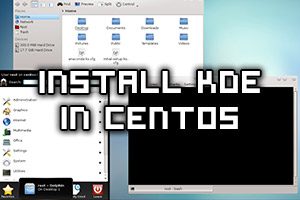
By default a full installation of CentOS 7 will have the GNOME graphical user interface (GUI) installed and it will load up after system boot, however if we have installed CentOS without a GUI installed we can always install one later, or optionally we can install a different GUI.
This quick guide will cover how to install the KDE Plasma desktop on CentOS 7, which will provide a GUI for working with the Linux system. While I don’t suggest using a GUI on a production server, it’s a good option if you’re using CentOS as a desktop.
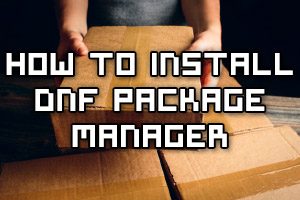
DNF, or Dandified Yum, which is the next major version of the Yum package manager was introduced with Fedora 18. As of Fedora 22, it has become the default package manager.
As you may know, the Fedora Linux operating system is essentially a bleeding edge testing ground for packages that may be included in RHEL/CentOS based distributions in the future.
It is therefore likely that in some future release, RHEL/CentOS will also make use of DNF rather than Yum to take advantage of the new features, so let’s take a look at what’s involved in installing and using DNF in CentOS Linux so that we can be ready for it when it’s made default.